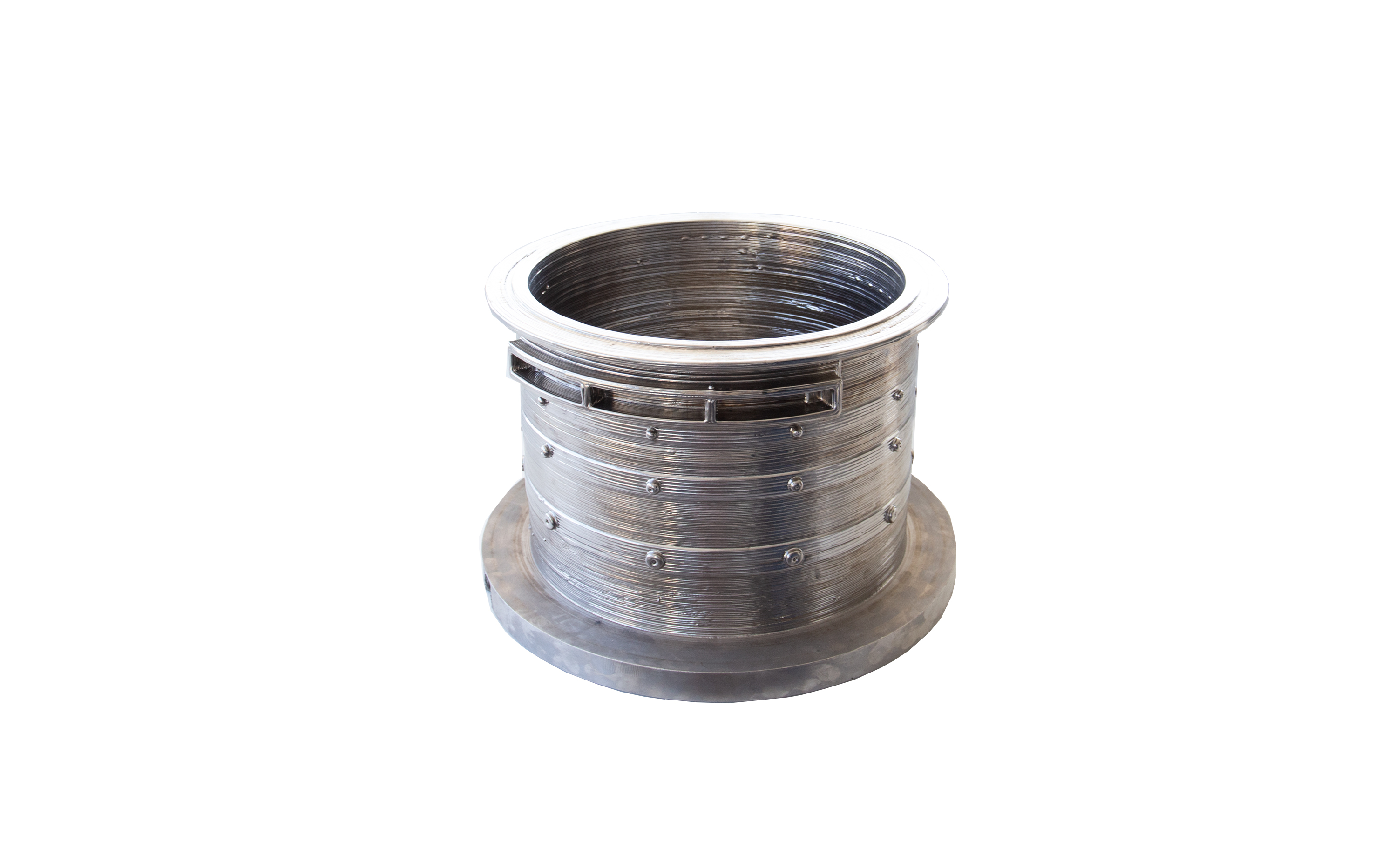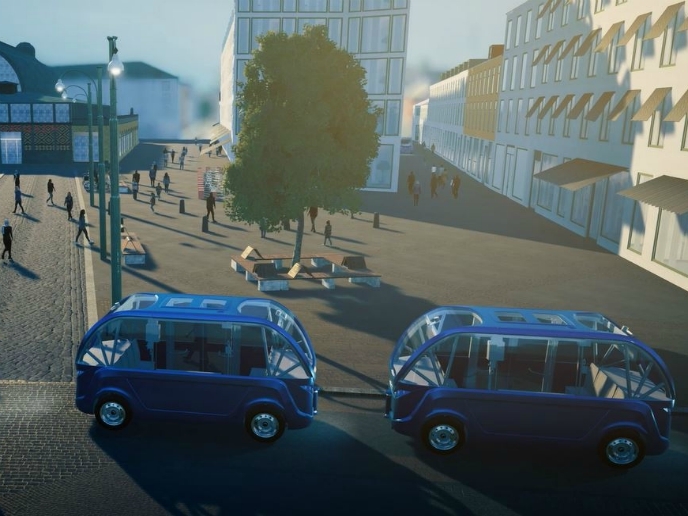From melted wires to high-performing aero engine components
The aerospace industry is focused on enhancing performance and sustainability while reducing costs. As aerospace components become increasingly complex both in terms of geometries and materials used, innovative manufacturing technologies are needed to meet these goals. Laser wire deposition(opens in new window) (LWD) is an emerging additive manufacturing (AM) approach that addresses these needs, but better process control is needed. The EU-funded ASSALA project delivered process monitoring and control tools that will lead to higher-quality parts produced from melted wire faster and at a lower cost than currently possible.
Better aeroplane parts start with metal wires
Aerospace manufacturing faces challenges many other manufacturers do not – low-volume production of very large and expensive parts with relatively inflexible delivery schedules. For this reason, the industry was an early adopter of AM techniques. These are perfectly suited to prototyping and small lots as they build a 3D component layer by layer from a digital model without requiring moulds. AM techniques are growing, and powder-based methods of laser metal deposition are relatively common in the aerospace industry. The use of metal wires instead of powders could slash material loss, one of the largest cost drivers, particularly when building large aerospace components. However, process defects are a challenge that must be successfully met to manufacture safety-critical components with very stringent certification requirements.
Process monitoring and control strategies enhance LWD
ASSALA focused on the robotic LWD production of aero engine structures made from titanium alloys by heating and melting titanium alloy wires on a substrate of the same alloy. An extensive modelling(opens in new window) campaign led to greater process understanding and paved the way to the development of unparalleled process control technologies. According to Jon Lambarri, researcher at the Advanced Manufacturing Processes Unit at Tekniker(opens in new window) and project coordinator: “Our team, led by topic manager GKN Aerospace Sweden(opens in new window), increased the robotic accuracy of most kinematic parameters by 13-81 %. Our methodology enables real-time evaluation of target parameters and process inaccuracies, and correction of detected inaccuracies thanks to optimisation algorithms.” Using the developed tools, ASSALA successfully produced a large (approximately half metre) free-form solid demonstrator harnessing LWD.
LWD components beat conventional forged ones
“An impact analysis evaluating the substitution of forged components with near-net-shaped LWD components demonstrated the clear winner,” Lambarri notes. “The weight of an LWD pre-shape and its machining time are approximately 38 % less and 30 % shorter, respectively, versus conventional die forgings.” Further, titanium wire can be obtained in a few weeks and used for all titanium parts. In contrast, the manufacturing lead time for titanium die forging is approximately 8 10 months. Each part requires its own die forging, with its own expensive dies that must first be qualified by testing mechanical and fatigue properties. “Although LWD will also require qualification, the required tooling is much simpler and cheaper,” adds Lambarri. Therefore, non-recurring costs are reduced by approximately 40 %. ASSALA’s more efficient and robust LWD processes reduce the manufacturing costs and minimise the generation of defects such as cracks or flaws during manufacturing. They should enhance the adoption of promising LWD technology to produce large, geometrically complex parts, boosting the competitiveness of the European aerospace sector.







